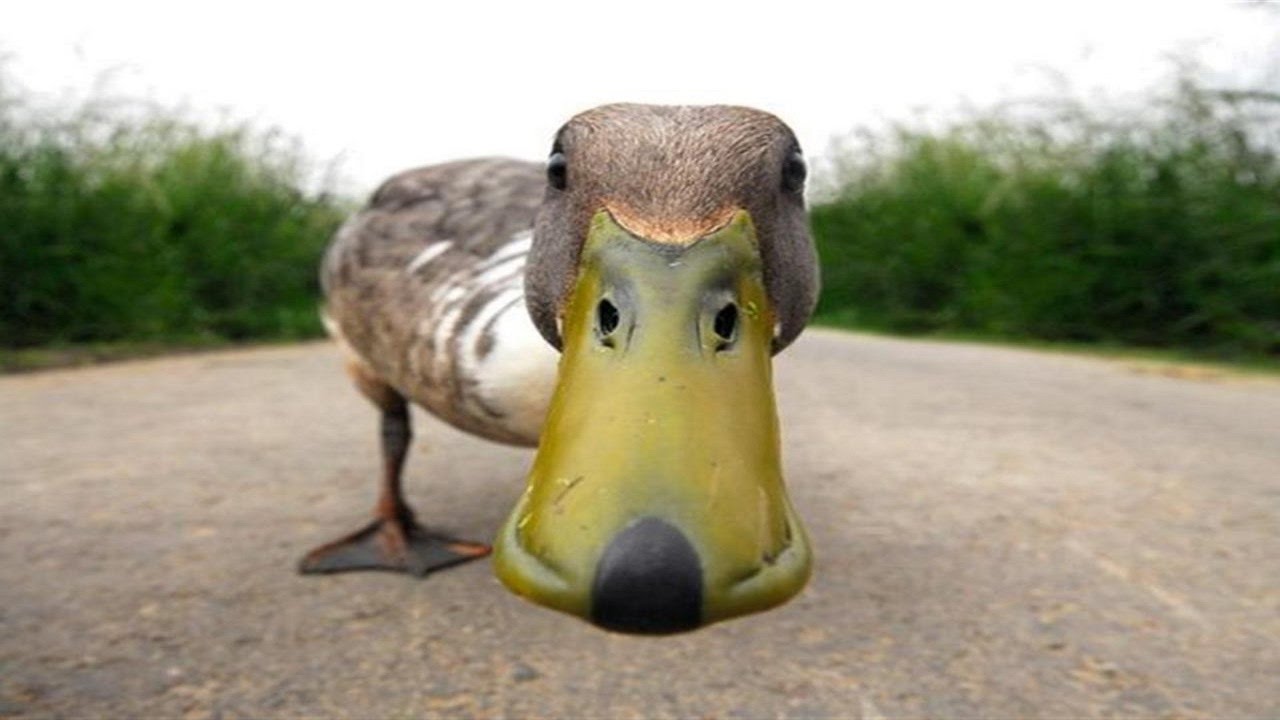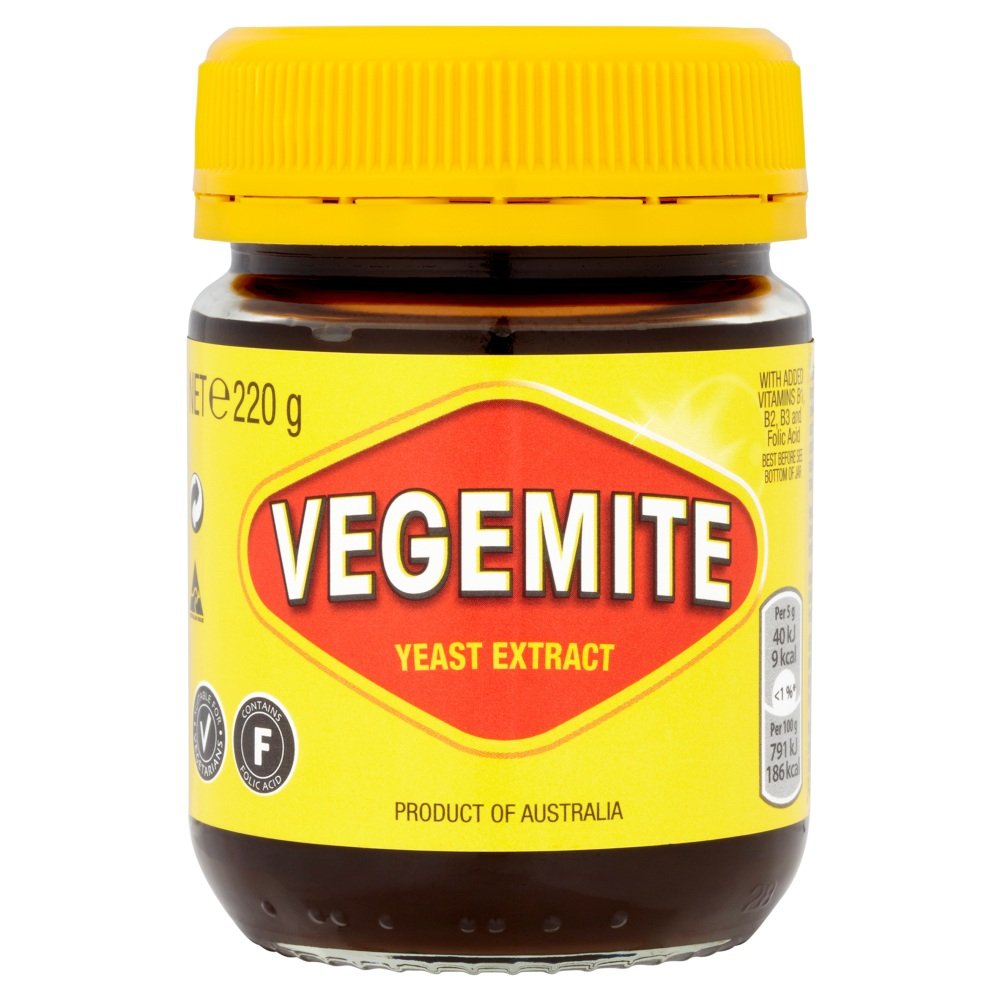My girlfriend bought a cafe and they had a cast iron waffle iron that had, in some places, 5mm of grime built up over 2 years, never once been cleaned. Even the hinges were full of old crusted on batter and grease.
I spent hours with a grill scraper scraping every individual pin.
I have gotten to or past the seasoning in many places except in between all of the pins is hell to try to scrape the old baked on grease away. I have tried sodium carbonate soaks, a wire brush and a wire brush on a drill, a few different scraping tools, and I have only gotten about half out of those grooves. Miles better than before, but still not perfect enough to season and put back in the cafe.


Have you considered a spray can of lye? Spray liberally with the lye, but only on the IRON parts. Lye will melt plastics, electronics and power cord coverings. Then wrap up the lye covered parts in plastic, let it sit for 2 days. The organic stuff will dissolve, but not the rust. If you decide to use lye, please use thick, chemical resistant gloves, NOT thin, disposable rubber or nitrile gloves. The lye fumes should be trapped inside the plastic as much as possible, using tape. You can’t have too much tape or too many layers of plastic. You can neutralize the lye, which is very basic, by rinsing it off with a strong acid, like vinegar.
Won’t that melt the plastic you wrapped it all up in?
Going from the information from a plastics compatibility chart I found online, a number of common plastics have excellent durability against sodium hydroxide (aka soda lye), such as polyethylene (PE) and polypropylene (PP). When I restored my cast iron pan a few months ago, I used a lye-based oven cleaner sprayed into the pan and placed it into a plastic garbage bag made of low-density polyethylene (LDPE). The bag itself did not dissolve.
That said, my understanding of plastics compatibility is that test is whether a chemical will not degrade the useful properties of the plastic. So a non-compatible plastic might not be visibly damaged but could incur changes in its chemical structure that embrittled or otherwise reduced its lifespan. I was working with a solid cast iron pan, so unless you know exactly what plastic the waffle iron parts are made of, the point to be careful with plastic handles or cords is well-taken.
That said, when using lye, think it would be far preferable to remove the iron component from the waffle iron and then follow the same procedure as many cast iron pan users have done, for the same successful result.
PS see the [email protected] community!
I’ve never had it go through the bag, but I always use 2 bag layers, taped shut, at least, as a precaution. Yes, the lye CAN eat holes in the bag, since plastic is made from an organic material. I personally have not seen it happen.
Does matter, it’s disposable plastic wrap, not an integral part of the waffle iron
But what the point? If it’s just going to eat their the covering plastic seems kind of pointless?
I did some research and it looks like lye does not break down polyethylene or polypropylene, and plastic wrap, at least Saran wrap, is made of polyethylene
https://www.soapmakingforum.com/threads/lye-master-batching-advice-wanted.60822/
https://en.m.wikipedia.org/wiki/Saran_(plastic)
Okay but that didn’t explain the purpose/benefit/result of wrapping it which i think is what I’m getting at
Oh, that’s probably to keep it wet to increase surface area from the wetting action of water and keep the chemicals in contact with the iron and not dry into crystals that are less effective at breaking down the grime buildup
This, precisely!
Maybe that is my best option. I don’t know if lye is readily available in Belgium but maybe I can find a lye-based oven cleaner.
Luckily I removed the cast iron pieces before I starred it since I will have to throw them in the oven to season, so I can probably just leave it outside in the garden to sit and not worry about the plastic bags.
Well, the plastic bags keep the lye from drying up. You want a bit of liquid sloshing about in the bag for the 2 days. When you apply enough of it via spray, you’ll know, because the lye will collect in the corners of the press and in the bag. That’s why I mentioned the safety precautions. Breath mask to protect you from the fumes, serious gloves to protect you from the sprayed and liquid lye.